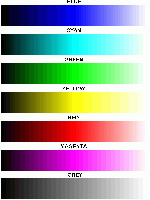- Joined
- Jan 18, 2010
- Messages
- 16,113
- Reaction score
- 9,067
- Points
- 453
- Location
- Residing in Wicklow Ireland
- Printer Model
- Canon/3D, CR-10, CR-10S, KP-3
That would certainly account for the need to expel the excess air inside to equalise pressure but not the ink surely.stratman said:The Hat:
Barometric/Thermometer effect?
One theory I have is that it may be down to my filling practice of letting the two sponges get saturated
which allows the ink to be much closer to the top of the air maze then new OEMs, the jury is still out.







